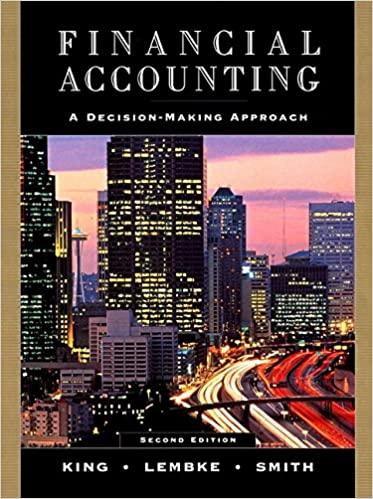The American Dream Pilgrim Corporation offers the American dream to people wanting to get away from it
Question:
The American Dream Pilgrim Corporation offers the American dream to people wanting to “get away from it all.” Pilgrim purchases unspoiled woodland and farmland plots in parcels of 200 to 300 acres. The company divides the parcels into 15-acre plots and resells them as building lots for vacation homes. Although the lots are unimproved, they are quite marketable because they are usually within a two-hour drive of a major metropolitan area. Each lot sells for $22,500. In 2000, Pilgrim sold 1,600 plots. Approximately 20 percent of Pilgrim’s customers pay cash for their purchases. The remainder of the sales are on contract under the terms of which the customer makes a 15 percent down payment and signs a 10-year note with Pilgrim. The interest rate on these notes currently is 12 percent, figured on the balance of the note outstanding during the year. Buyers pay the interest and one-tenth of the principal at the end of each year (December 31) for 10 years. Assume
(for simplicity) that customers pay a full year’s interest in the year land is purchased on contract. The cost of the land sold in 2000 was $15 million, and Pilgrim held $7 million of land that had not yet been sold at the end of 2000. Pilgrim started business on December 31, 1999, by issuing stock for $6.4 million.
a. How do you think Pilgrim should record revenues from the sale of land? Explain your method for recognizing revenues and your reasons for choosing that method.
b. Based on the revenue recognition method you chose in part
a, prepare an accrual-basis income statement for 2000. All of Pilgrim’s expenses other than the cost of land sold total $820,800.
c. Prepare a schedule showing Pilgrim’s cash inflows, outflows, and changes in its cash balance for 2000. All of Pilgrim’s land purchases and other expenses are paid in cash.
d. Evaluate Pilgrim’s cash position at the end of 2000.
e. What revenue recognition approaches might Pilgrim have adopted other than the one you recommended in part a?
How would you characterize those methods, and the one you chose in part
a, from aggressive to conservative?
What problems do you see with the other methods?
Step by Step Answer:

Financial Accounting A Decision Making Approach
ISBN: 9780471328230
2nd Edition
Authors: Thomas E. King, Valdean C. Lembke, John H. Smith





